Nokia Lumia 625 Review
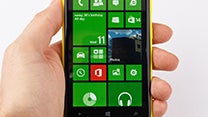
Introduction
The newest member of the Lumia family is colorful like all its other peers and brings a spacious 4.7-inch display and the traditionally smooth performance of Windows Phone 8.
It is a device of budget, though, and that means a lot of compromise is involved too. Firing up the low-res screen speaks about that in an instant, and it’s not the only compromise. Will this fly in the ointment spoil all good that’s going on with the Lumia 625? Let’s find out.
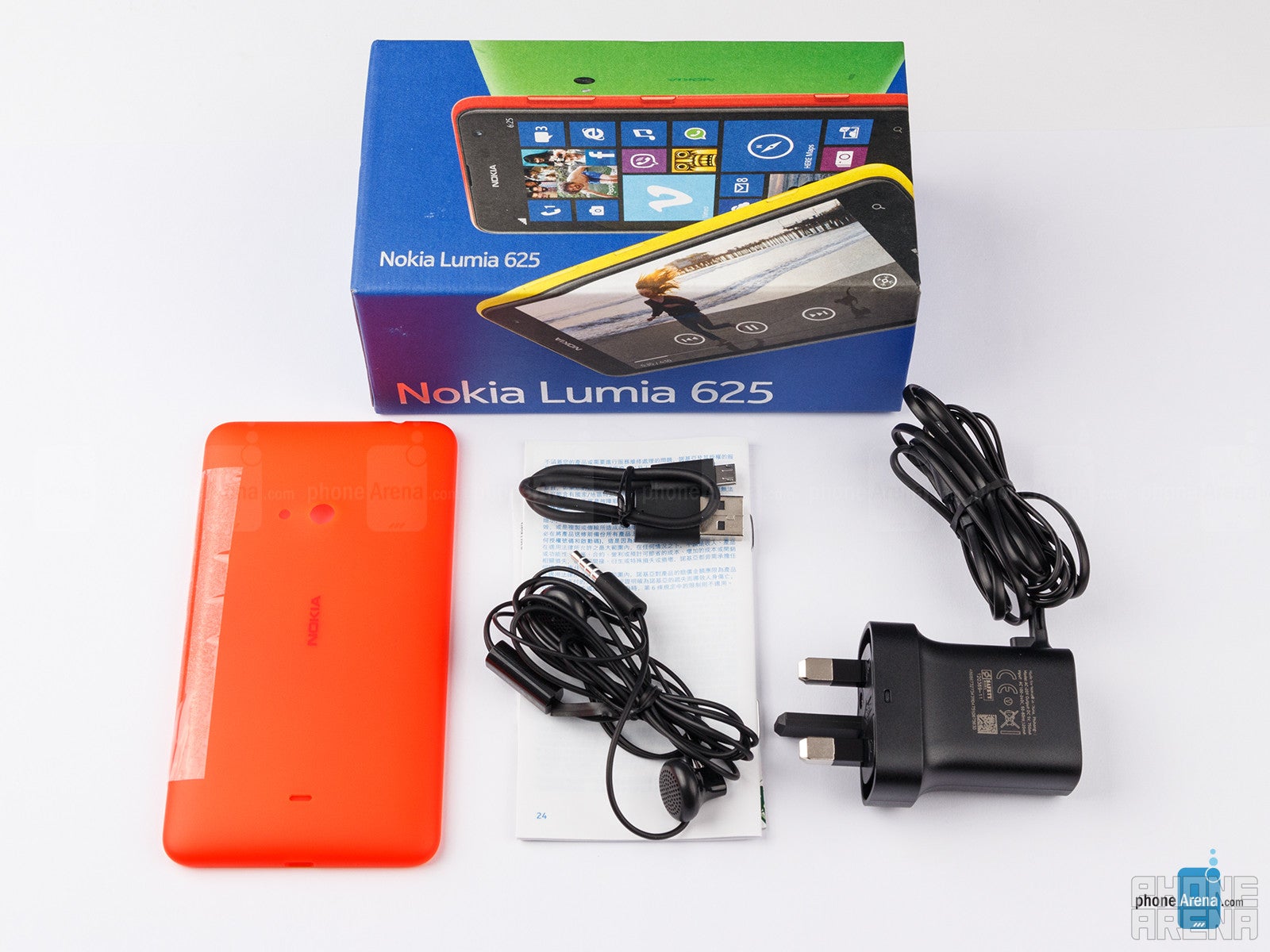
- User manualUSB cable
- Wall charger
- Headphones
Design
The Lumia 625 looks like a grown up Lumia 620 - it features the same translucent plastic shells that are easy to take off and swap. The color options include lime green, reddish orange, yellow, white and black. Nokia is once again using its ‘dual-shot’ technology applying a base color layer as the foundation and a different color layer on top for a more vibrant, neon-like color. Unlike the Lumia 620, though, the buttons on the side do not contrast and are painted in the same colors as the case. Speaking of it, the plastic casing has a soft touch to it that contributes to a better in-hand feel of the device. The build quality is overall solid.
The Lumia 625 is a large device, but it’s thin at 9.2mm and weighs a fairly heavy 159 grams (5.6oz). It’s not something you’d be able to easily use single-handedly, but then again most devices this size aren’t.
Just as any other Lumia, Nokia placed all the physical buttons on the Lumia 625 on its right side - the lock key is at the top, the volume rocker in the middle, and the dedicated camera shutter key below it. All buttons have nice travel to them and are comfortable to press. On the bottom, Nokia has placed a microUSB port and on top is a 3.5mm headset jack.
Display
The 4.7-inch IPS LCD display is the fly in the ointment in the otherwise very well-rounded package that is the Lumia 625. It’s the largest display ever put in a Lumia phone, but it features a middling resolution of 480 x 800 pixels (WVGA) that makes icons and text look fuzzy. Overall, the display is simply not sharp enough - pixel density comes at the lowly 201ppi.
Colors on it look a bit washed out, and not as vivid as we would have liked. It seems that almost all (if not all) Lumia 625s come with a very visible light leak that further spoils the experience. Nokia has now admitted this, but blames it on LCD tech limitations and does not consider it a valid reason for device returns.
The display picks up a lot of reflections outdoors and brightness just isn’t sufficient, all making this one of the least usable screens we’ve seen for outdoor use.
On a more positive note, the display is well protected against scratches with Gorilla Glass 2 and features Nokia’s super sensitive tech that allows you to use the display even with your gloves on. Viewing angles are also good.
Interface and Functionality
The Lumia 625 runs on Windows Phone 8 GDR2 with the Amber update, an interface that looks the same on all recent Lumias - from the most affordable ones to the top-shelf handsets. The platform hasn’t evolved much in the past year and still welcomes users with a two-panel home screen consisting of a Live Tile-filled screen, and another panel which is a vertical list of all apps listed with their name and icon.
To freshen things up, Nokia brings in a set of exclusive applications that aim to enrich the experience. The Lumia 625 features three notable ones: Nokia Smart Camera, Nokia Music and HERE Maps. Nokia’s Smart Camera allows you to take multiple shots and either pick the best one of them, or edit or combine the sequence with some neat effects (the app is limited in options due to the low amount of RAM). Nokia Music is probably our favorite music player of all as it brings free audio streaming (with some limitations), and is great for music discovery. Nokia’s HERE Maps is another great application that comes with free offline turn-by-turn navigation, a feature not freely available on Android or iOS.
In terms of customization, Windows Phone 8 allows you to change the size of Live Tiles (three sizes available) and their color, but that’s about as far as it goes. Microsoft built a simplistic platform that is easy to grasp, and comes with deep integration of Facebook and Twitter right into your phonebook, but it lacks the sophistication of Android and lacks a unified notification center.
Basic functionality however is well covered. The phonebook contains all necessary fields and syncs online. All Windows Phone devices are great for texting as the built-in on-screen keyboard is accurate and very snappy.
Processor and Memory
This should not come as a surprise, but we ought to say it - general performance is buttery smooth on the Lumia 625. Transitions and animations all work without a hitch, and the only slight niggle is that loading times for some apps seem too long. We’ve noticed this on higher end Windows Phone devices too, but here it’s even more obvious.
The Lumia 625 features a dual-core 1.2GHz Snapdragon S4 chip with only 512MB of RAM and the Adreno 305 graphics chip. Digging deeper, we find that the handset is in a somewhat unique position - it is the only Nokia device running on a Qualcomm MSM8930 chip, a middle-ground solution between Nokia’s higher end devices based on the MSM8960 (Lumia 1020, 928, 925) and the its lower-end portfolio featuring the MSM8227 chip (Lumia 520, 620, 720). The MSM8930 on the Lumia 625 is built on a 28nm LP manufacturing node. Technically, the processor architecture is Krait 200 and the RAM is an LPDDR2 with 533MHz bandwidth.
For gaming, the device is good but not great. Recently, some of the most popular games on the Windows Phone Marketplace (titles like Temple Run) got optimized to run on devices with 512MB of RAM like the Lumia 625. More visually demanding games like Halo: Spartan Assault for instance simply won’t run on this phone as they require a minimum of 1GB of RAM.
The handset comes with 8GB of internal storage and you can expand that via microSD cards of up to 64GB.
Internet and Connectivity
One of the big advantages of the Lumia 625 is its support for 4G LTE connectivity, a rarity at such a low price point. Windows Phone comes with the mobile Internet Explorer browser, a snappy solution that works without a hitch when zooming and scrolling around webpages. Microsoft’s platform does not allow other browsers on the Marketplace, so popular solutions like the cross-device syncing Chrome for instance are missing.
Other connectivity options include Wi-Fi b/g/n and GPS. The Lumia 625 is also one of a few Windows Phone devices to support Bluetooth 4.0. On the flipside, it lacks NFC connectivity.
Camera
The Lumia 625 features a 5-megapixel main auto-focus camera with a single LED flash on its back and a VGA front camera.
There camera interface is fairly plain - there are only a few preset scenes (macro mode and backlight), and you can also set the ISO, white balance, exposure and aspect ratio of the photos beforehand, and that's about it. You can fire up the camera by holding down the camera shutter key. There is also the Nokia Smart Cam app on board that allows you to capture images and edit them with some neat effects – you can remove moving objects or create an action shot for instance.
The actual images are decent, but not great by any means. The biggest issue with the images is that they lack noticeably in sharpness and detail (noise cripples in even during daylight shots), and colors also turn out burned and a bit on the cold side. All of that makes them right about average, but after all that’s an affordable device, and one cannot expect miracles.
The handset records up to 720p HD video at 30 frames per second and the recording quality is about average. We could pick the nits and say it skips a frame every once in a while to the point where it looks choppy when you record fast moving objects, and it lacks fine detail, but we do not consider those fatal flaws for such an affordable devic
The front VGA camera is a welcome addition to an affordable handset and it will mostly come to use for video conference.
Multimedia
The spacious 4.7” display is a valuable asset for media - it might not be among the best out there, but it is large and video and images benefit from that. The phone supports most popular codecs and plays back Mpeg-4, H.264, and WMV files at 720p with ease.
The handset comes with a built-in music and video hub that stores a history of the content you’ve seen and heard. There is no built-in YouTube player, but you can download feature-rich ones like MetroTube on the Marketplace.
Nokia Lumia 625 features two music applications on board - the Xbox Music Store and Nokia Music. We love both, but Nokia Music deserves a special mention for its free song streaming Mix Radio service - great for music discovery and it could save you a few bucks if you use it instead of a paid streaming service. It allows you to build your own playlists based on as many as three artists you mention and you can even cache playlists for offline listening. The only downside is that you can only skip not more than 6 songs each hour.
The loudspeaker on the back gets pretty loud which sound is tinny when you crank it up to the maximum.
Call Quality
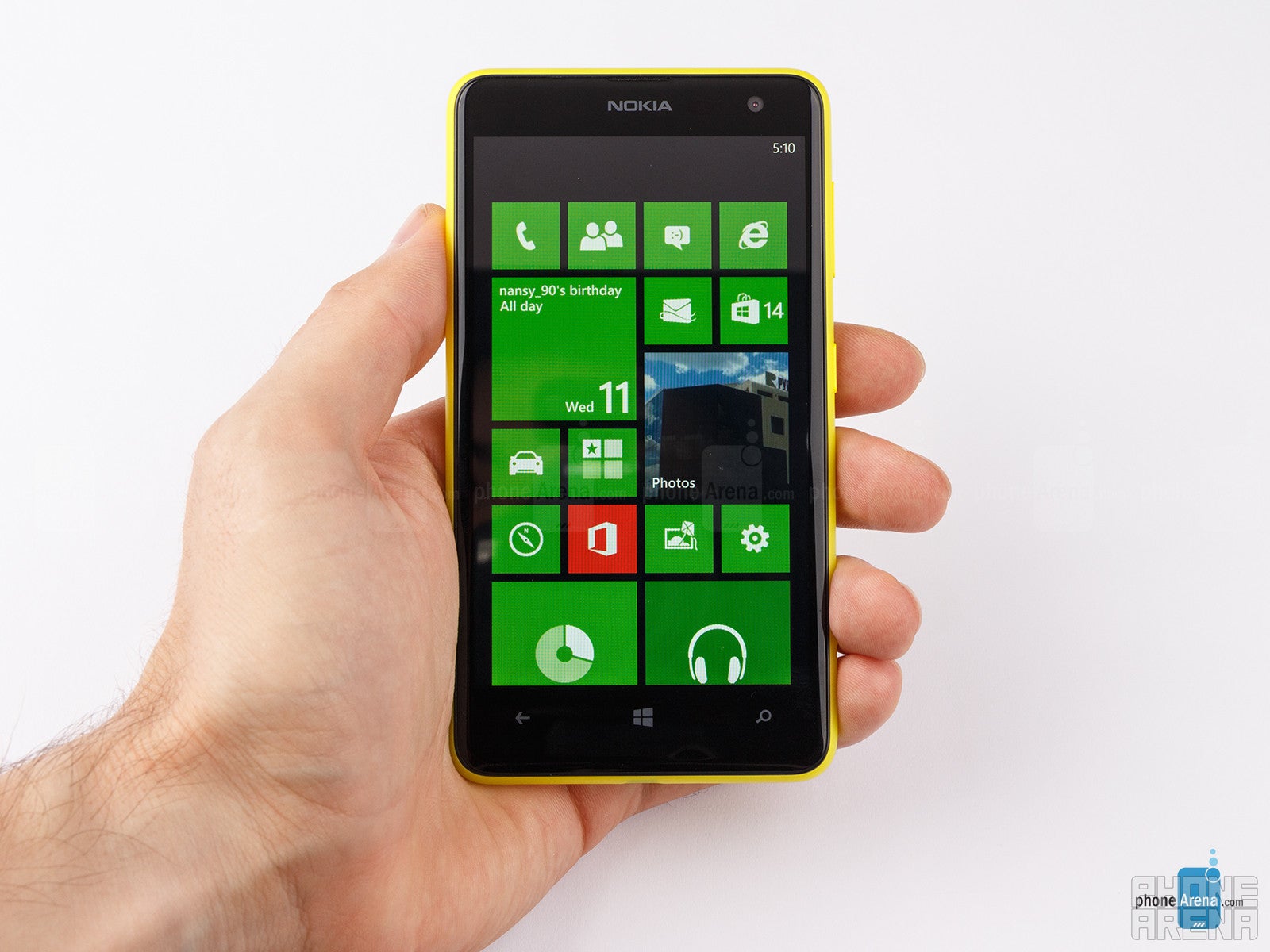
Battery life
With a 2000mAh battery and 15 hours quoted talk time on 3G, the Lumia 625 stands way above the average. We found ourselves charging it once every two days on average, but even with heavier use the handset won’t sweat lasting a full day. The battery itself is not user user replaceable - you have to disassemble the phone to change it.
Conclusion
The Nokia Lumia 625 comes with a fairly large 4.7” display and 4G LTE on a budget, but there are a few things that hold it down. We like the smooth performance and the fun colors, but the low-res display seems out of place on today’s market. Moreover, the average camera and limiting 512MB of RAM are all considerable downsides.
The real question however is can the Windows Phone powered Lumia 625 survive in today'sfiercely competitive market? Truth comes in comparison, and among its few Windows Phone peers, the Lumia 625 has little competition – there just isn't another similarly affordable device to offer such a large display. So if you want to experiment with a different platform, and value a large display, the Nokia Lumia 625 is not a bad way to start and one that won’t cost you a lot of money.
Looking over to other platforms, though, the Android based Sony Xperia SP looks like a much better deal at around the same price – it has a 720p 4.6” display, better camera, double the RAM and 4G LTE connectivity as well. And if 4G is not high on your list of priorities, devices like the Samsung Galaxy Core or the Sony Xperia L could deliver similar performance with a 480p display at a fraction of the price.

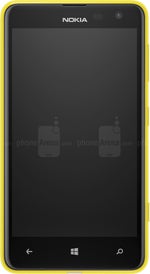
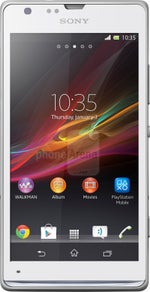
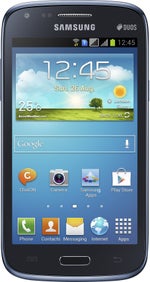















Things that are NOT allowed: